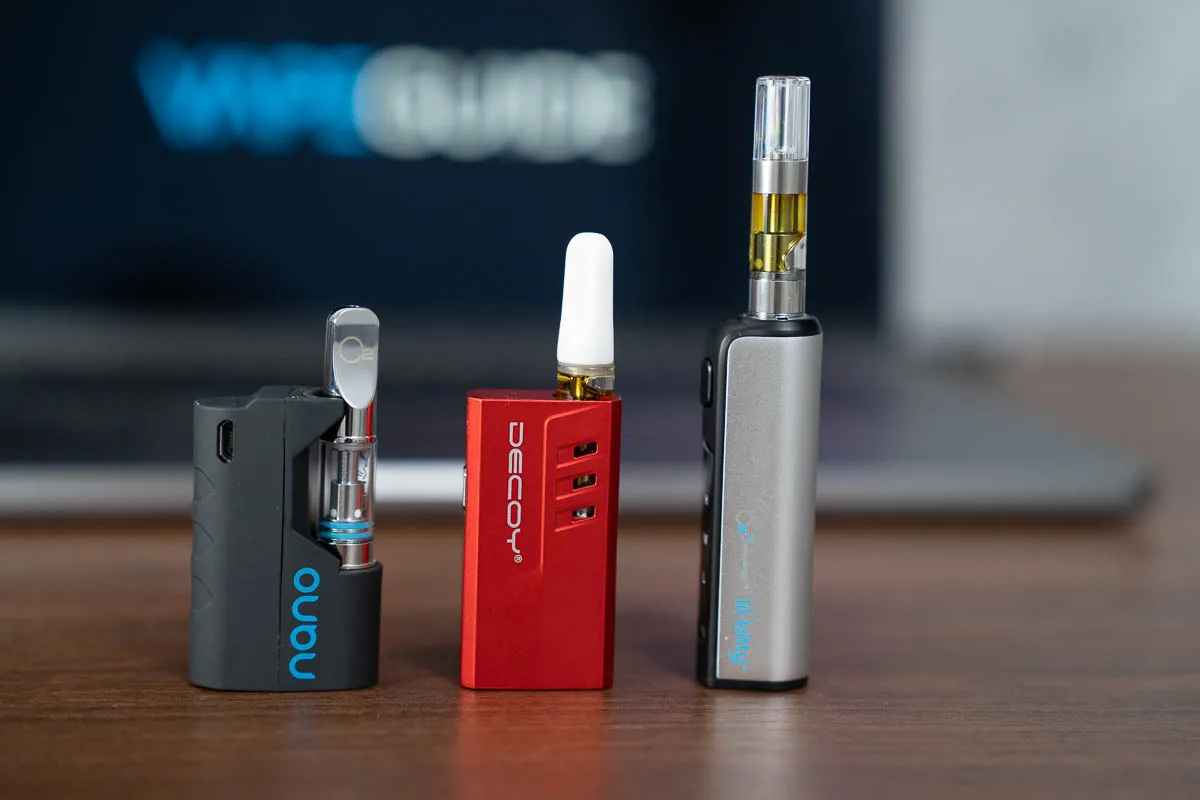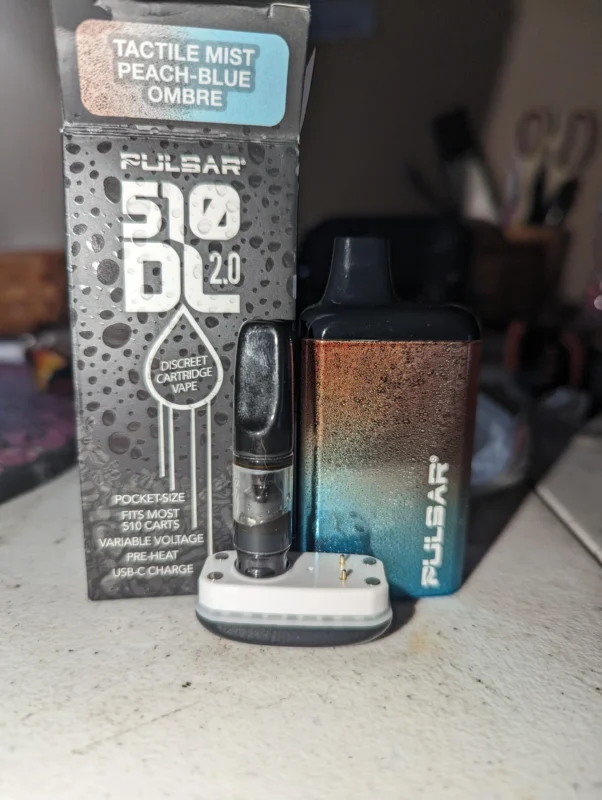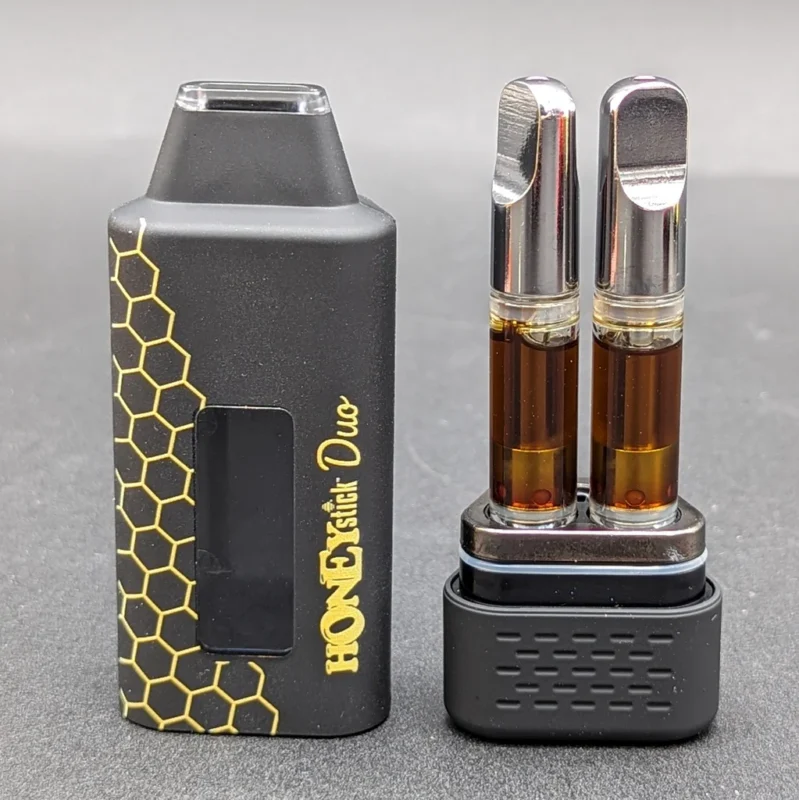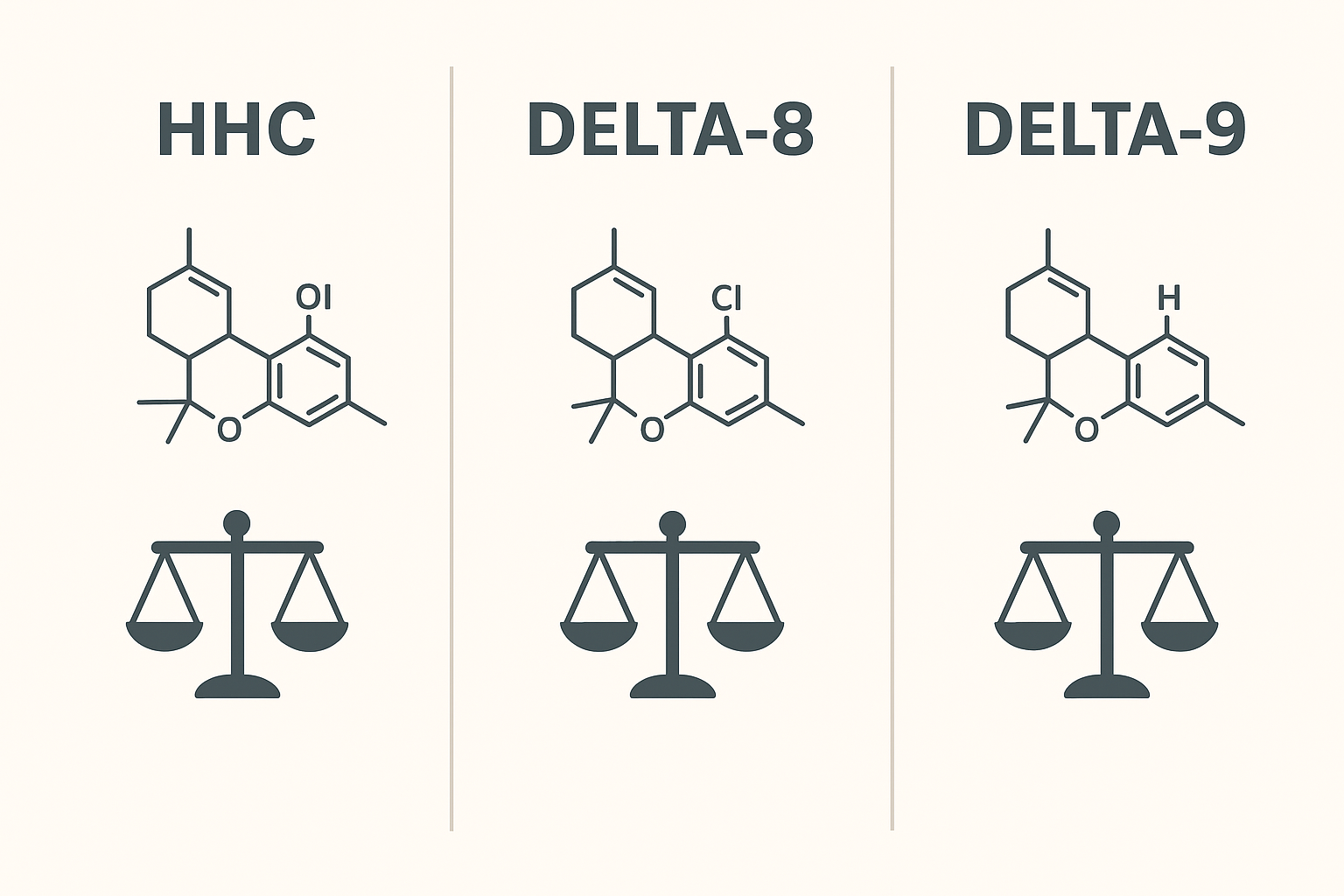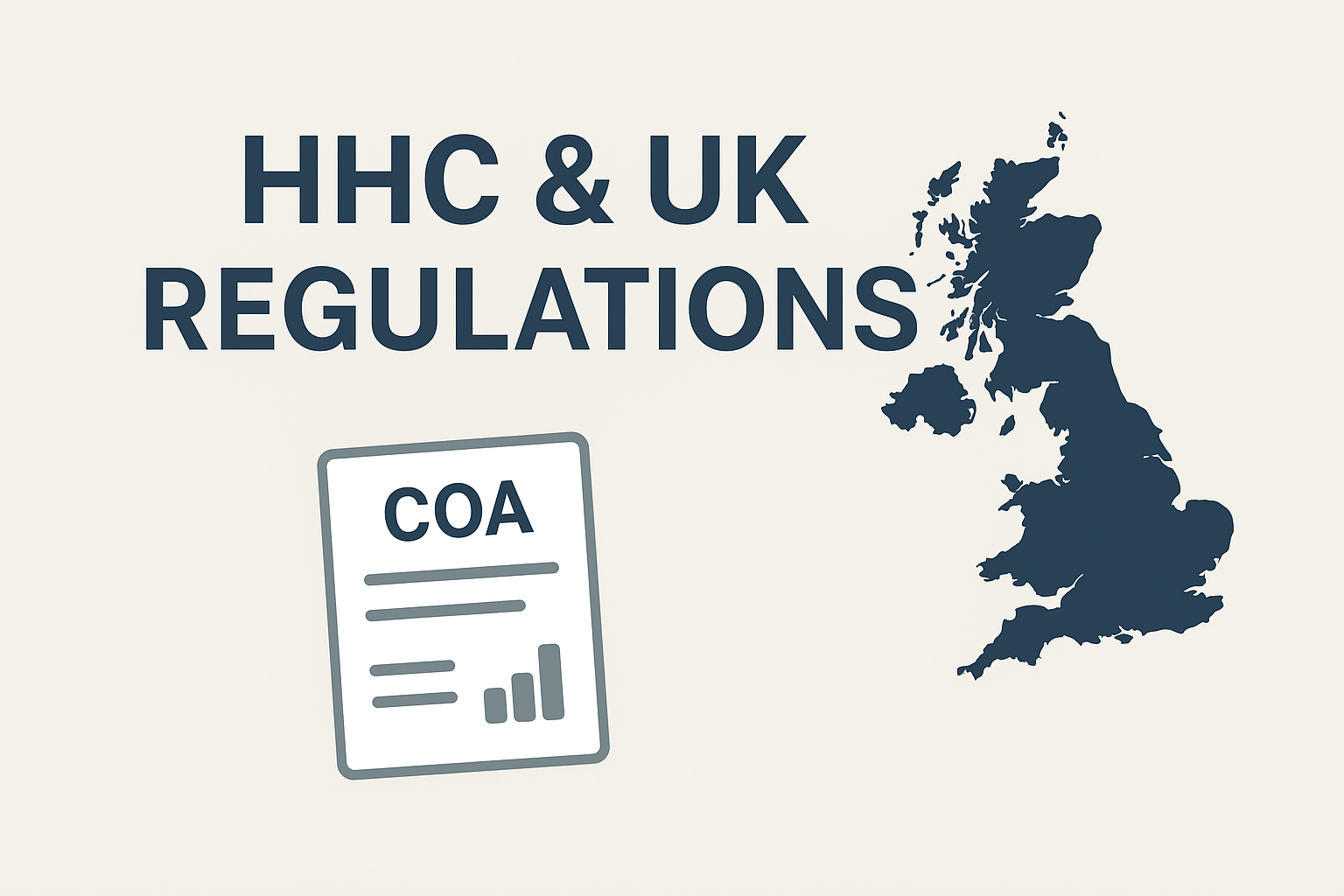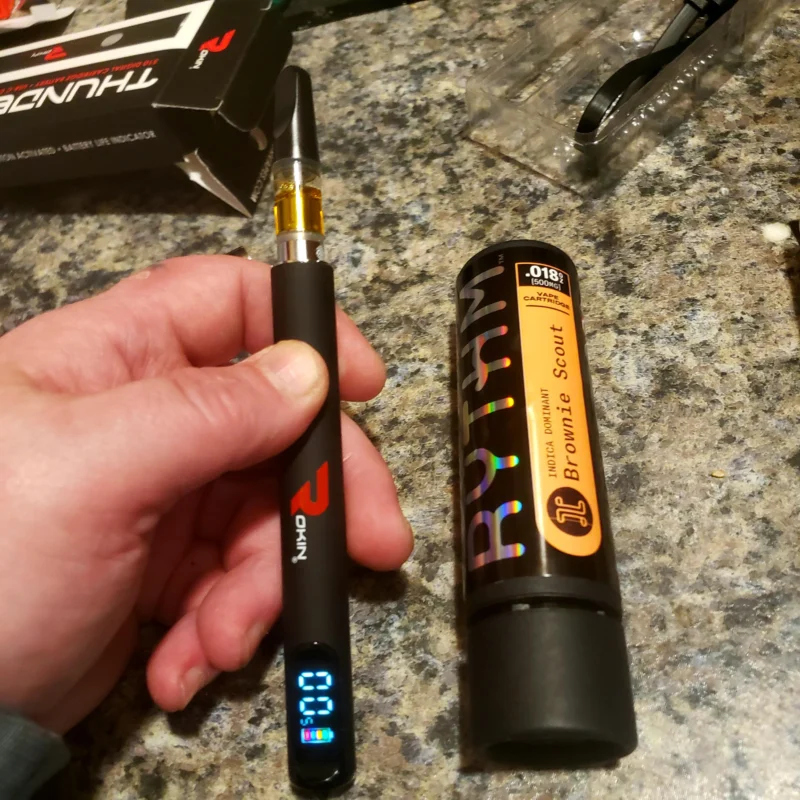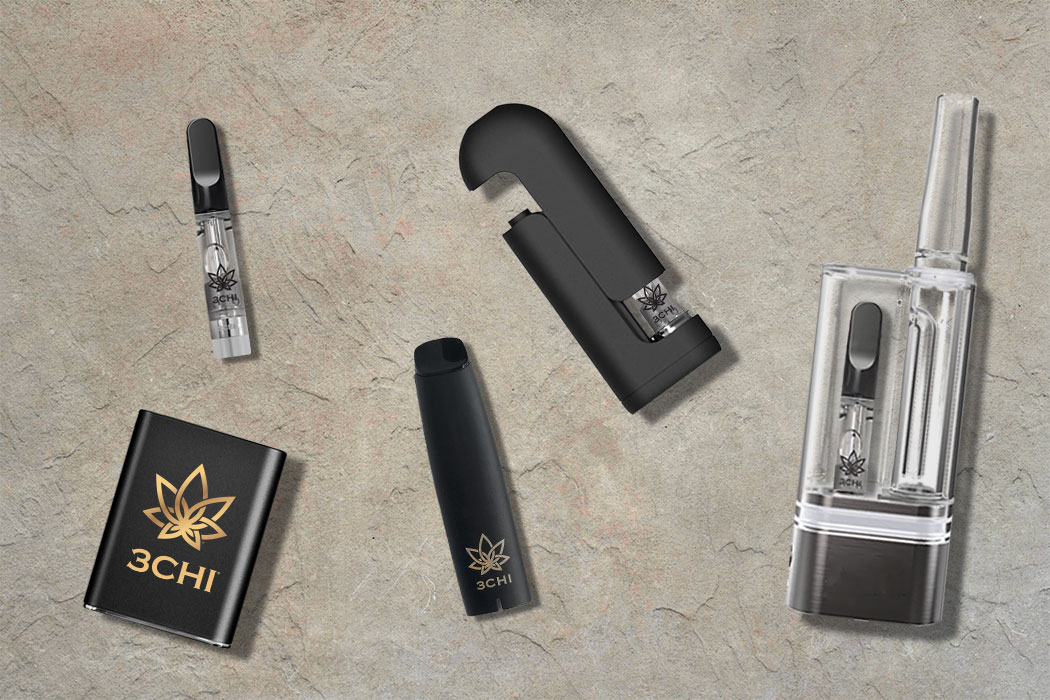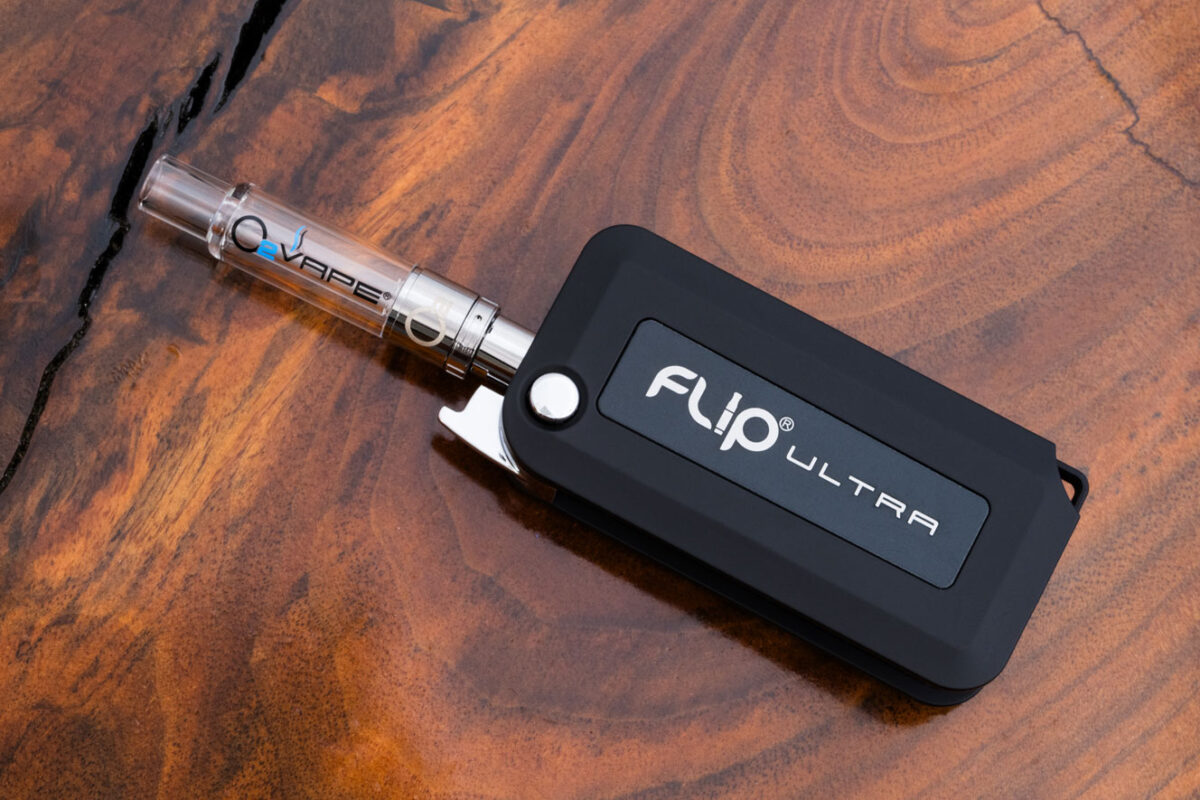UK Buyers’ Handbook: HHC Cartridges, COAs & Safety

our HHC range — browse a curated, lab-verified selection with clear COAs and product specs. This handbook collects the essential checks UK buyers should run before purchasing HHC cartridges: certificate review, cartridge materials, battery pairing, leak prevention, and seller vetting. Keep this as a quick reference checklist when shopping.
Why this handbook matters
HHC and related cannabinoids are in a changing regulatory and market environment. This handbook focuses on practical safety, transparency, and buyer due diligence — not medical advice. Always confirm current legal requirements and choose sellers who publish third-party lab testing and age verification details.
1. Certificate of Analysis (COA): what to look for
A COA is the core document that separates transparent sellers from risky ones.
Key COA elements:
-
Cannabinoid profile: Confirms which cannabinoids are present and at what concentrations.
-
Contaminant screens: Look for tests covering solvents, pesticides, heavy metals, and microbes.
-
Lab accreditation & date: Prefer labs with recognised credentials and recent test dates (ideally within 12 months).
-
Batch ID / SKU match: The COA should reference a specific batch number that matches the product packaging.
Red flags on COAs: missing batch numbers, no lab accreditation, old dates, or results that are incomplete (e.g., missing contaminant screens). If anything looks unclear, ask the seller for clarification and request the batch-specific COA.
2. Cartridge construction: materials & heating element
Cartridge design influences flavour, reliability, and longevity.
-
Chamber material: Glass chambers are generally preferred for purity; plastics can affect flavour.
-
Heating element: Ceramic cores often provide cleaner flavour and more even heating. Metal or cotton-wick designs are common but can perform differently.
-
Mouthpiece & seals: Heat-resistant mouthpieces and reinforced seals reduce the risk of off-taste and leaks.
When product pages list materials and heating elements, that’s a strong sign of transparency for our HHC range.
3. Battery pairing & safe use
Most cartridges use 510 threading, but power settings matter.
Battery tips:
-
Use adjustable 510 batteries to begin at low voltage and increase slowly.
-
Match power to cartridge type: Ceramic cartridges usually preserve flavour at lower settings; thicker oils may need a slight increase.
-
Choose batteries with safety features (overcharge, short-circuit protection). Avoid very cheap, unbranded batteries.
Practical safety reminder: always charge batteries with the manufacturer-recommended charger, store them safely, and avoid extreme temperatures.
4. Viscosity, draw style & real-world testing
Oil viscosity and cartridge design affect draw resistance and leak risk.
-
Thicker oil may need more power and can clog if airflow is restricted.
-
Thinner oil flows easier but may leak if seals aren’t robust.
-
User reviews are invaluable — they often reveal leak or clog issues not visible in product specs.
5. Leak prevention & quality signals
Small manufacturing differences determine whether a cartridge stays reliable.
Look for:
-
Tight threading and reinforced seals
-
Clear QC statements from the manufacturer
-
Positive, verified user feedback about leakage and longevity
If a product has frequent mentions of leaking or poor seals in reviews, skip it.
6. Seller due diligence: trust and transparency
When choosing where to buy, prefer sellers that show:
-
Batch-specific COAs on product pages
-
Clear returns & shipping policies and business contact details
-
Age verification processes and responsible-checkout flows
-
Verified third-party reviews or editorial coverage
If multiple transparency signals are missing, treat the listing with caution.
7. Quick buyer checklist (one glance)
-
COA present & batch-matched ✔️ / ❌
-
Chamber & heating element disclosed ✔️ / ❌
-
510 thread or clear compatibility ✔️ / ❌
-
Battery pairing guidance ✔️ / ❌
-
Return policy & contact details ✔️ / ❌
Common buyer questions
Q: How recent should a COA be?
A: Prefer COAs within the last 12 months and that reference the exact batch you’re buying.
Q: Is ceramic always better than cotton?
A: Ceramic often gives cleaner flavour, but overall build quality and oil formulation are equally important.
Q: What if a listing has no COA?
A: Request the COA before buying. If the seller cannot provide one, consider it a red flag.
Where to compare lab-verified options
For an immediate way to compare specs, COAs, and product build details in one place, check our HHC range — curated selections make side-by-side checks faster and reduce time spent vetting individual listings.
Final thoughts
Safe buying comes down to transparency: batch-specific COAs, clear material descriptions, compatible batteries, and trustworthy sellers. Use this handbook as a quick pre-purchase checklist and insist on documentation — legitimate retailers treat COA requests as standard.
Related topics for our HHC range
HHC Safety Basics: Storage, Batteries & Best Practices
How to Pick the Best Vape Battery for 510 Cartridges — UK Buyer’s Guide
Where to Find Lab-Tested Cartridges in the UK (Red Flags to Avoid)
HHC vs Delta-8 & Delta-9 — A Neutral Comparison for UK Buyers

 Weed Strains
Weed Strains Hybrid
Hybrid Indica
Indica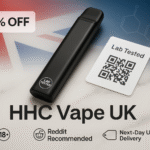 Vapes
Vapes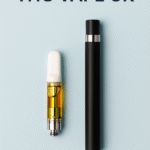 THC Vapes
THC Vapes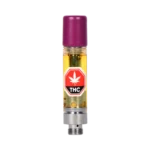 Vape Cartridge
Vape Cartridge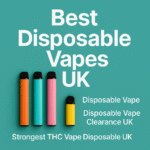 Disposable Vapes
Disposable Vapes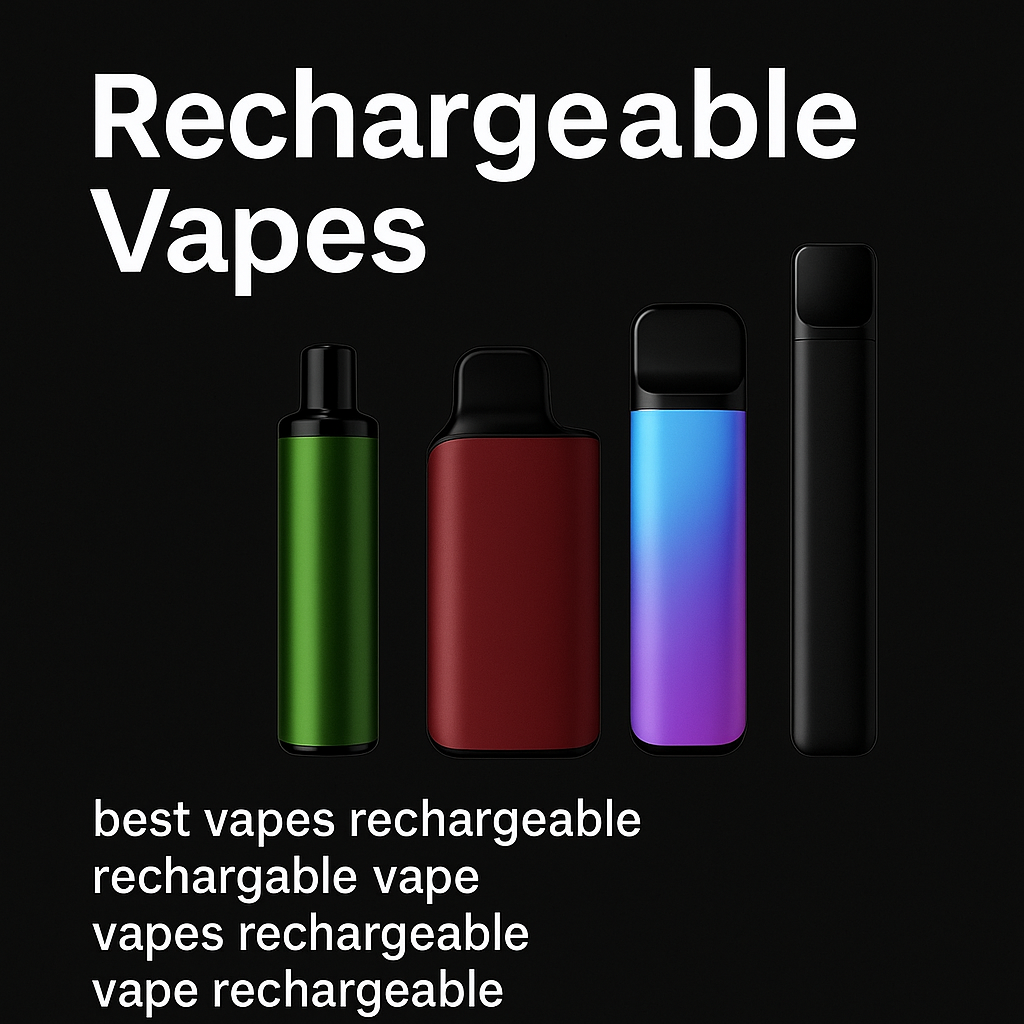 Rechargeable Vapes
Rechargeable Vapes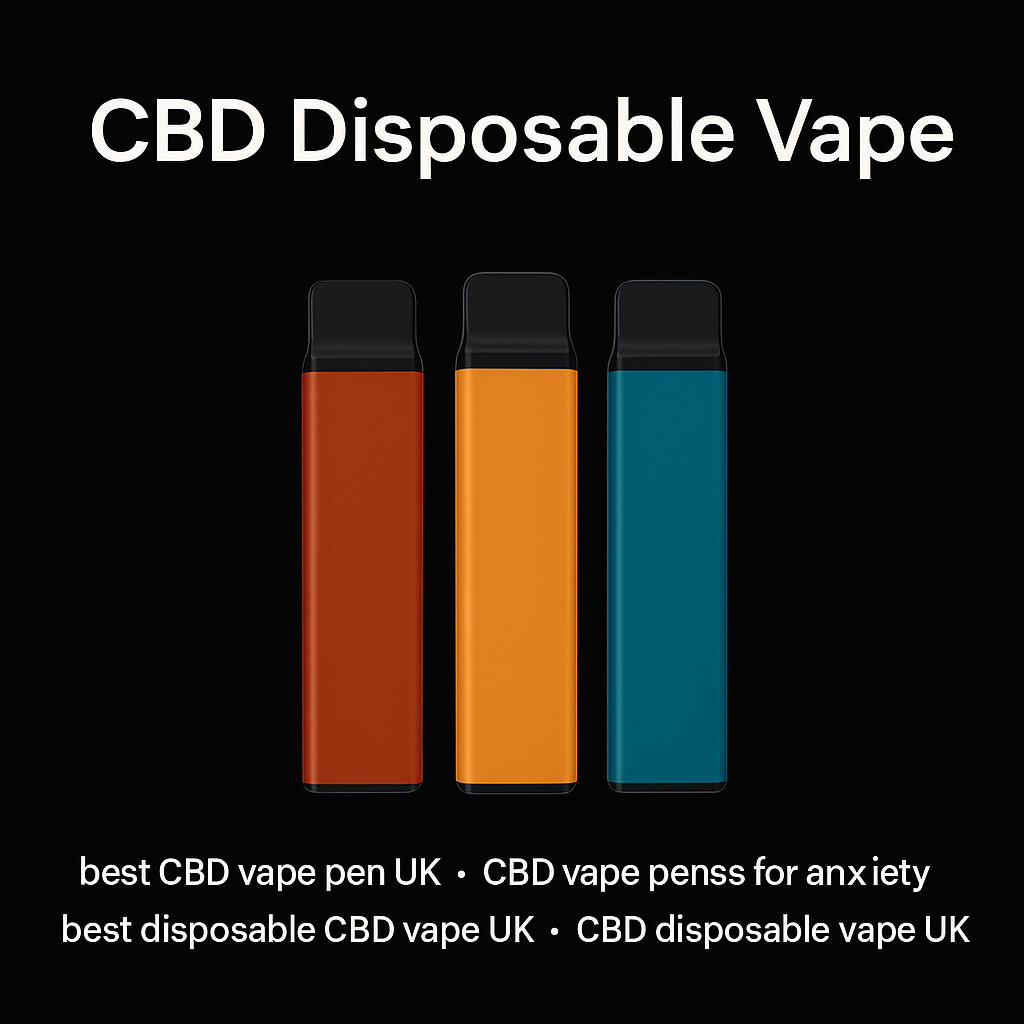 CBD Disposable Vape
CBD Disposable Vape Delta Vapes
Delta Vapes Delta 8 Vape
Delta 8 Vape Delta 9 Vape
Delta 9 Vape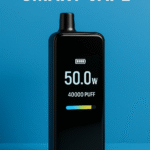 smart vape
smart vape Gummies
Gummies CBD Gummies
CBD Gummies THC Gummies
THC Gummies Delta 8 Gummies
Delta 8 Gummies Delta-9 Gummies
Delta-9 Gummies Delta-10 Gummies
Delta-10 Gummies HHC Gummies
HHC Gummies Full Spectrum Gummies
Full Spectrum Gummies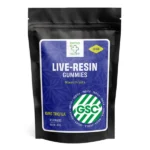 Live Resin Gummies
Live Resin Gummies
